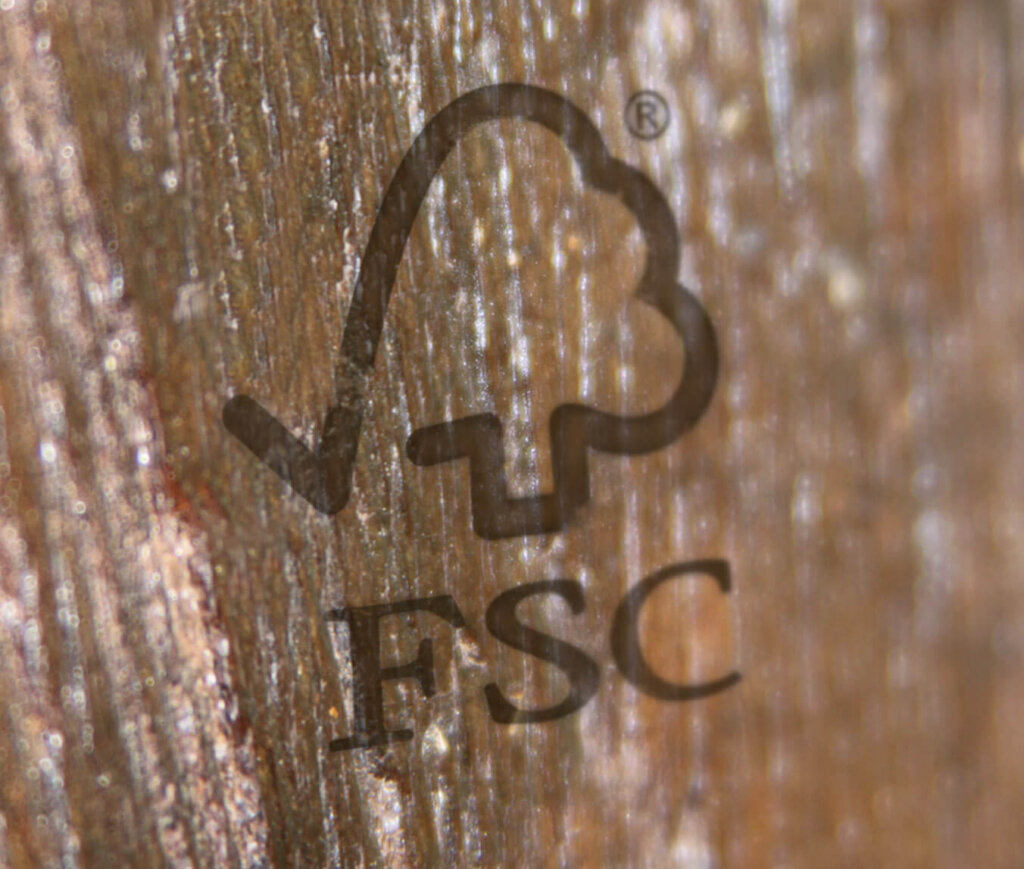INTRODUCTION
Trees have always been part of our existence, but when did we start proactively planning, planting and cultivating for the benefit of a wider society?
There are references in the Old Testament to Abraham planting a Tamarisk tree in Beersheba to provide shade for future generations. As populations increased and the lumber industry expanded, so too did the need for conservation.
“A society grows great when old men plant trees in whose shade they know they shall never sit”
Greek Proverb
CULTIVATION
Gratifyingly early, it appears that civilisations saw the value of protecting, sharing and expanding the cultivation of trees.

Early Egyptians transplanted trees with a ball of earth and originated the practice of shaping the soil around a newly planted tree to form a saucer to retain water, a method still used.
In approximately 300 BC a Greek philosopher named Theophrastus wrote Peri phytōn historia which translates as “Inquiry into Plants”. In it, he talked of the transplanting of trees and treatment of tree wounds.
PLANTING
We have the conquests of Alexander the Great to thank in some part for the fruit trees which came to Europe from Asia, including apple trees, pear trees, apricot trees and plum trees. In their heyday, Ancient Greece and Rome developed advanced techniques for planting, grafting, pruning, pollinating and creating new varieties by selection which remained unequalled for centuries.
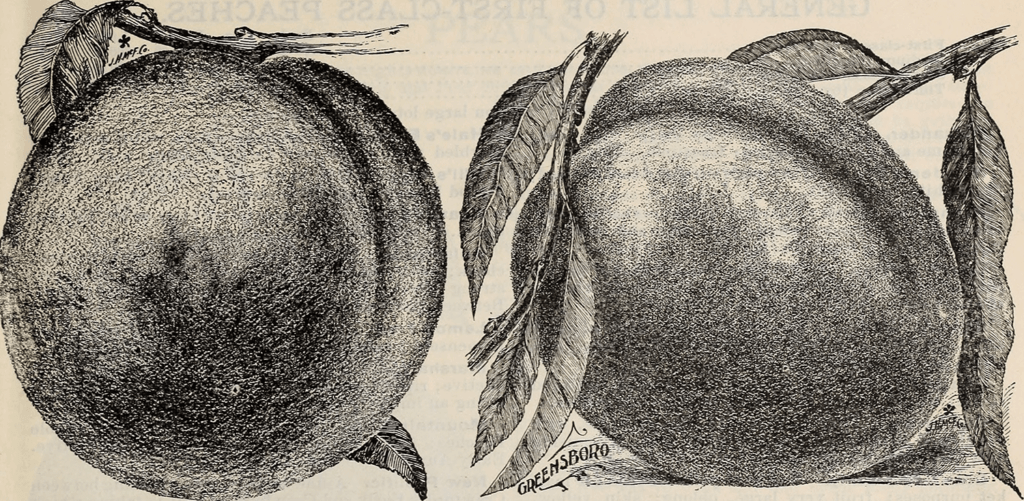
MAINTAINING
The medieval period began to see arborists emerge and realise the importance of maintaining trees for their structural integrity, especially in urban environments. Special techniques, which would later influence practices like tree cabling and tree bracing, were developed. These methods were crucial to ensure trees could withstand strong winds and other environmental challenges.
ARBORICULTURE
The middle classes and their great enthusiasm for the practice resulted in the creation of conservatory orchards or outdoor collections of fruit trees, and an abundance of literature on the subject.
The expansion at Kew so crucial to growing understanding was part of this, with the Palm House opening in 1848 and the Herbarium in 1853. The latter has been extended 5 times to house its collection now sitting at about 7 million species. Laboratories there have developed our understanding of the genetics of plant and tree life and educated countless masses about the beauty and diversity of the natural world.
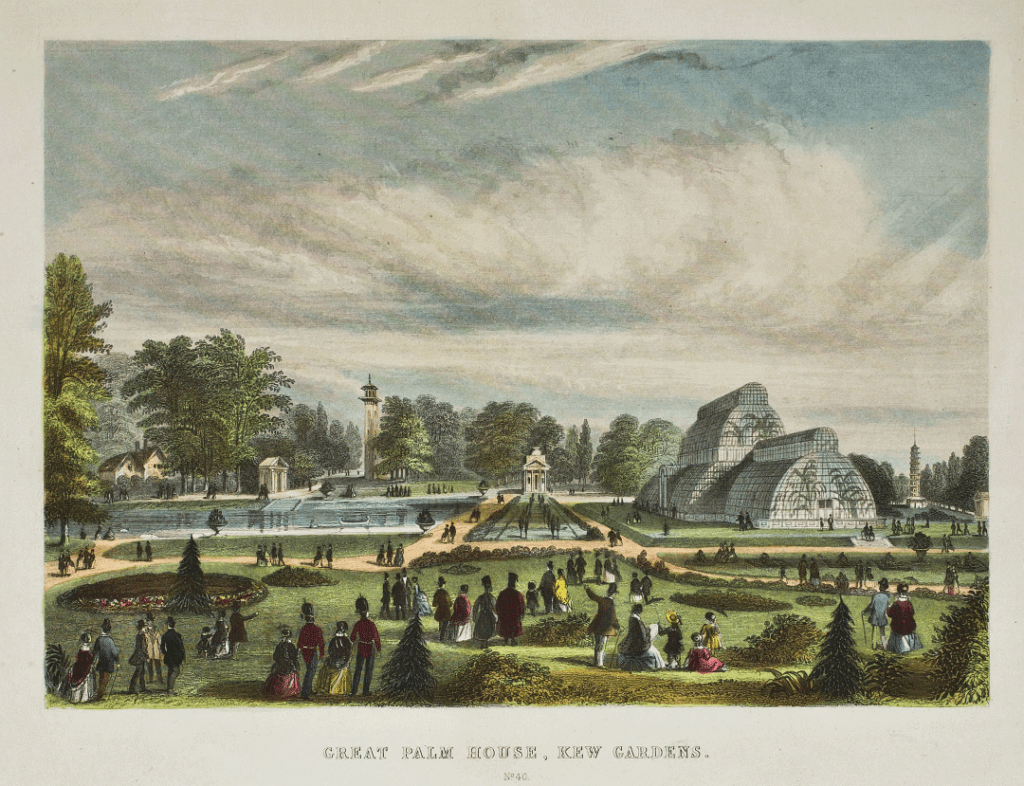
FORESTRY
Civilisations have adapted arboriculture throughout the ages, none more pronounced a change than that of the 20th century when the two World Wars transformed arboriculture into a practice that focused on production. Although the concept is not new with the French planting sessile oaks to provide timber for the future needs of their navy. HMS Victory used 5000 oak trees for its construction in 1765.
The early American settlers of course discovered bounty beyond their imagination alongside the habitable shores the scale is hard to imagine. Forests lined the entire shoes of the continent, spanning nearly one fourth of the earth’s circumference, In some places those forests extended up to two thousand miles inland. Partial historical records and details from the lumber industry suggest that over 1,400,000 square miles or nearly one-half of the entire land mass was forested.
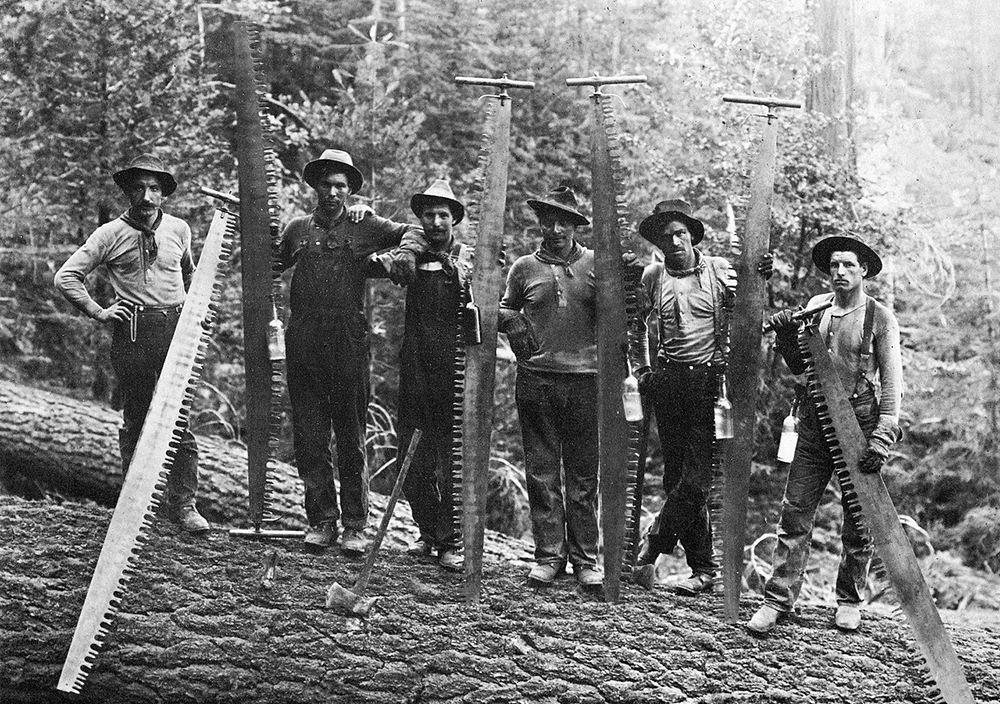
The settlements were established accordingly, indeed their survival depended on those forests, it was only when transportation became widespread and affordable that they could venture further towards the prairies. Those who ventured to the edges began to clear the forest to make way for crops so essentially the first settler was the first’ lumberman’.
As populations increased and towns sprung up the lumber industry expanded to meet the increased needs, initially from local supplies but when these were exhausted they looked beyond their immediate settlements to feed their mills. The resource was never seen as finite, indeed the forests were a barrier to those seeking to farm or seek to make a living from profitable grain production. The History of the Lumber Industry of America published in 1906 maintained that the US could no longer afford to be profligate with its timber resources but should focus on conservation.
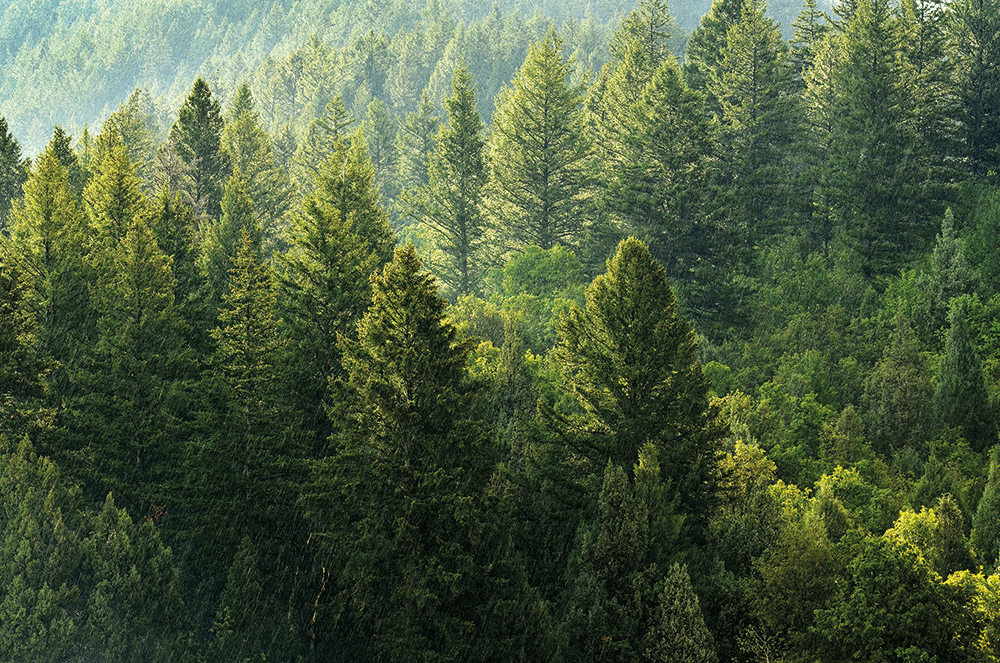
WORKING WITH NATURE
Our understanding of how to grow, where to grow and the infinite positive effects trees have on us and the world is constantly improving. On some primeval level, we remain uneasy or unsettled when we see trees being felled. Something so big that we presume has lived so long that can be so easily destroyed. That discomfiture is because we misunderstand that once a tree matures, unless it is cut down its only destiny is to rot and disintegrate.
Healthy forests act as powerful carbon sinks in the fight against climate change. Once a tree matures, it captures less carbon than growing trees, so there is a duty to make room for the saplings to grow. To create space for them to reach the life-giving sunlight, in what is the natural cycle of nature.
So, when age, weather or intention finally brings a tree down, it is time to be grateful for the timber it offers us.
“When trees mature, it is fair and moral that they are cut for man’s use, as they would soon decay and return to the earth. Trees have a yearning to live again, perhaps to provide the beauty, strength and utility to serve man, even to become an object of great artistic worth.”
George Nakashima
Renowned American woodworker, architect, and furniture maker
CERTIFICATION
At Ted Todd, we continue to advocate for sustainable forestry management practices and maintain an enduring commitment to protecting our planet’s trees – one environmentally certified floor at a time.
